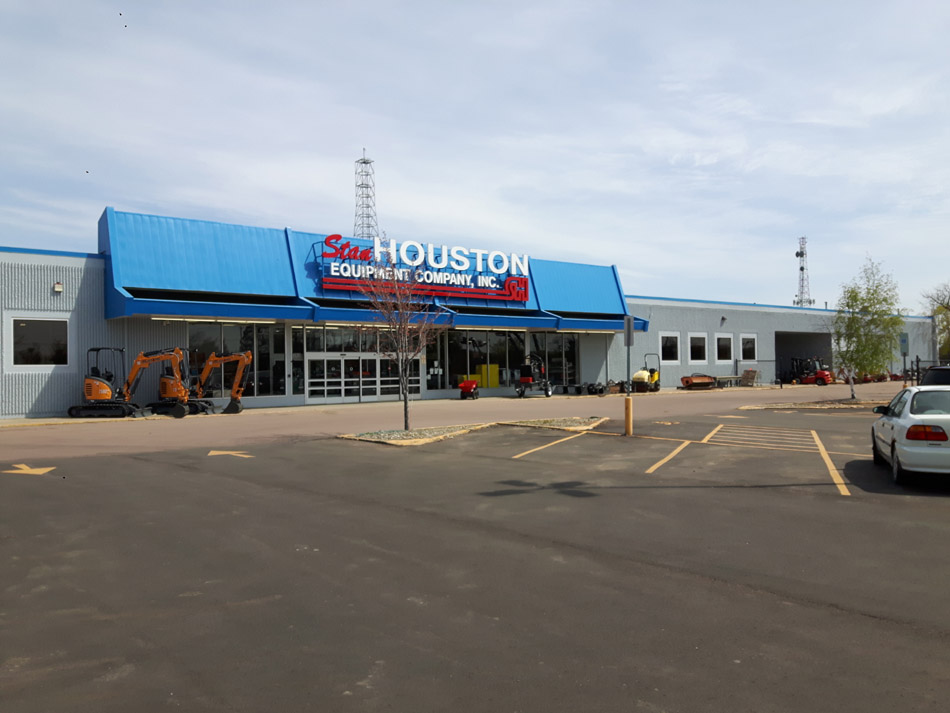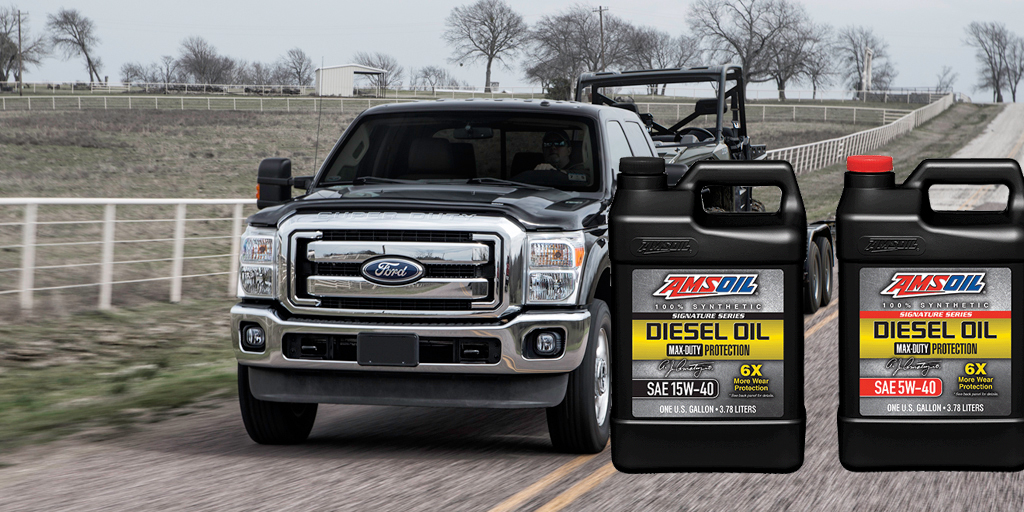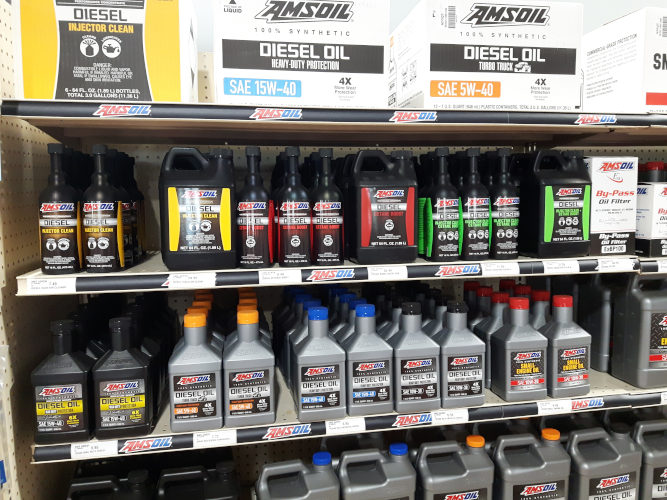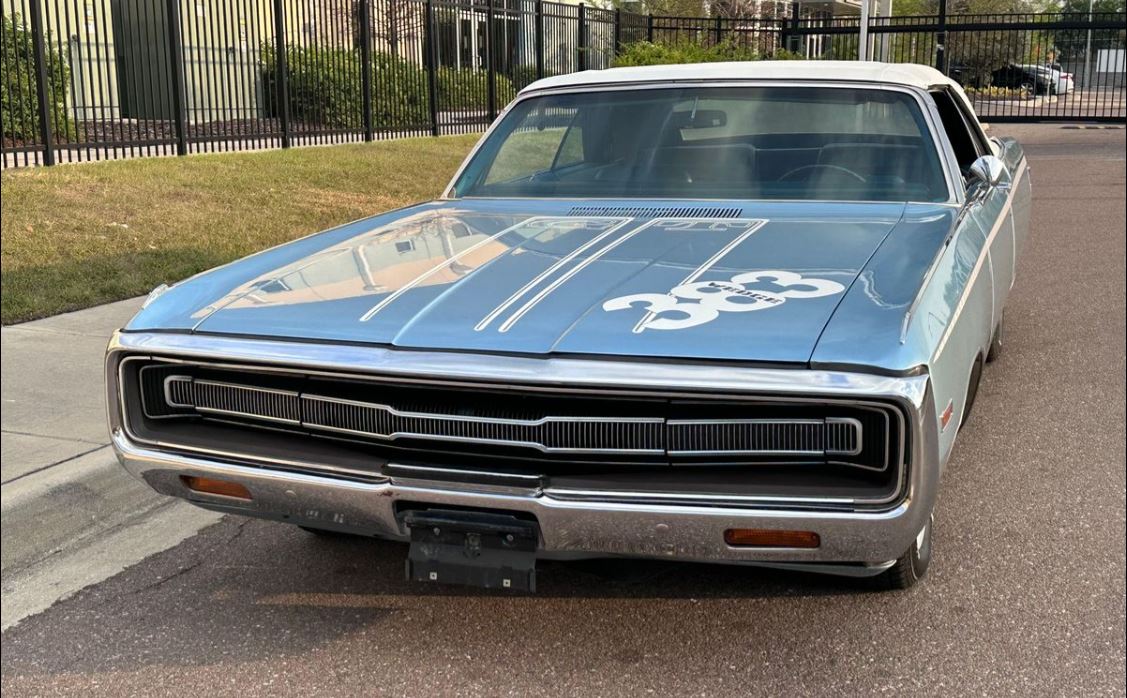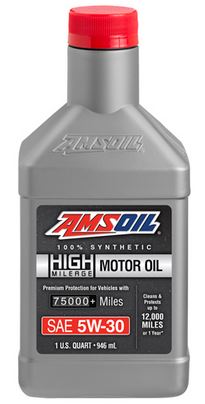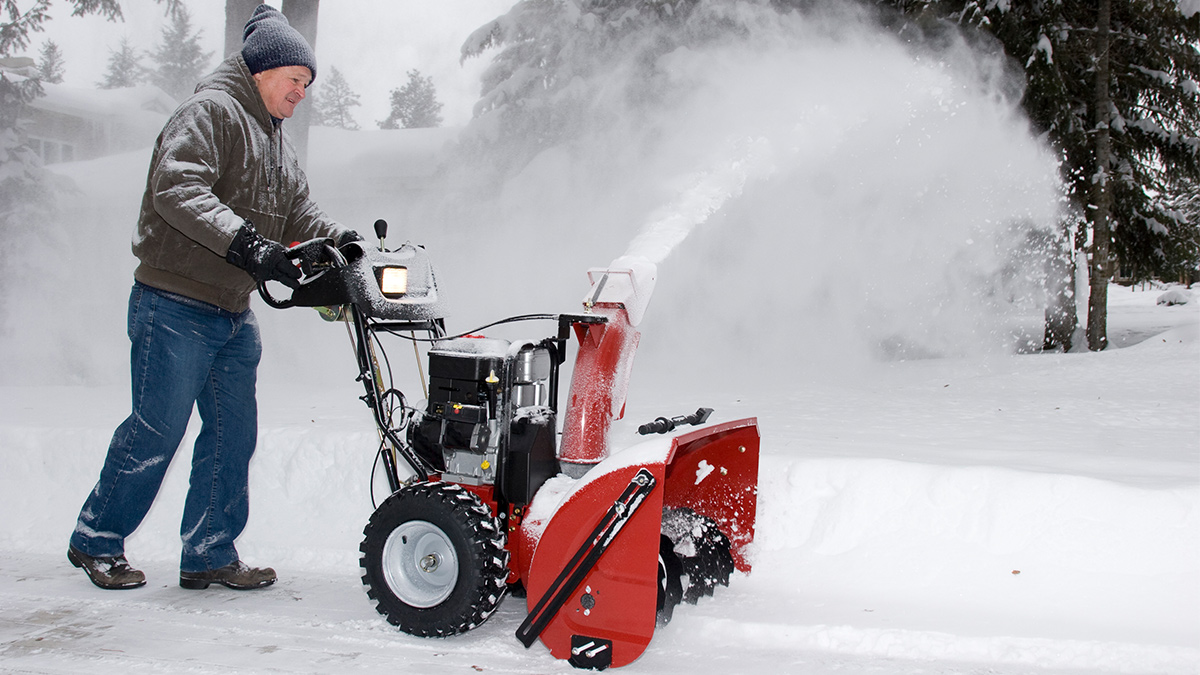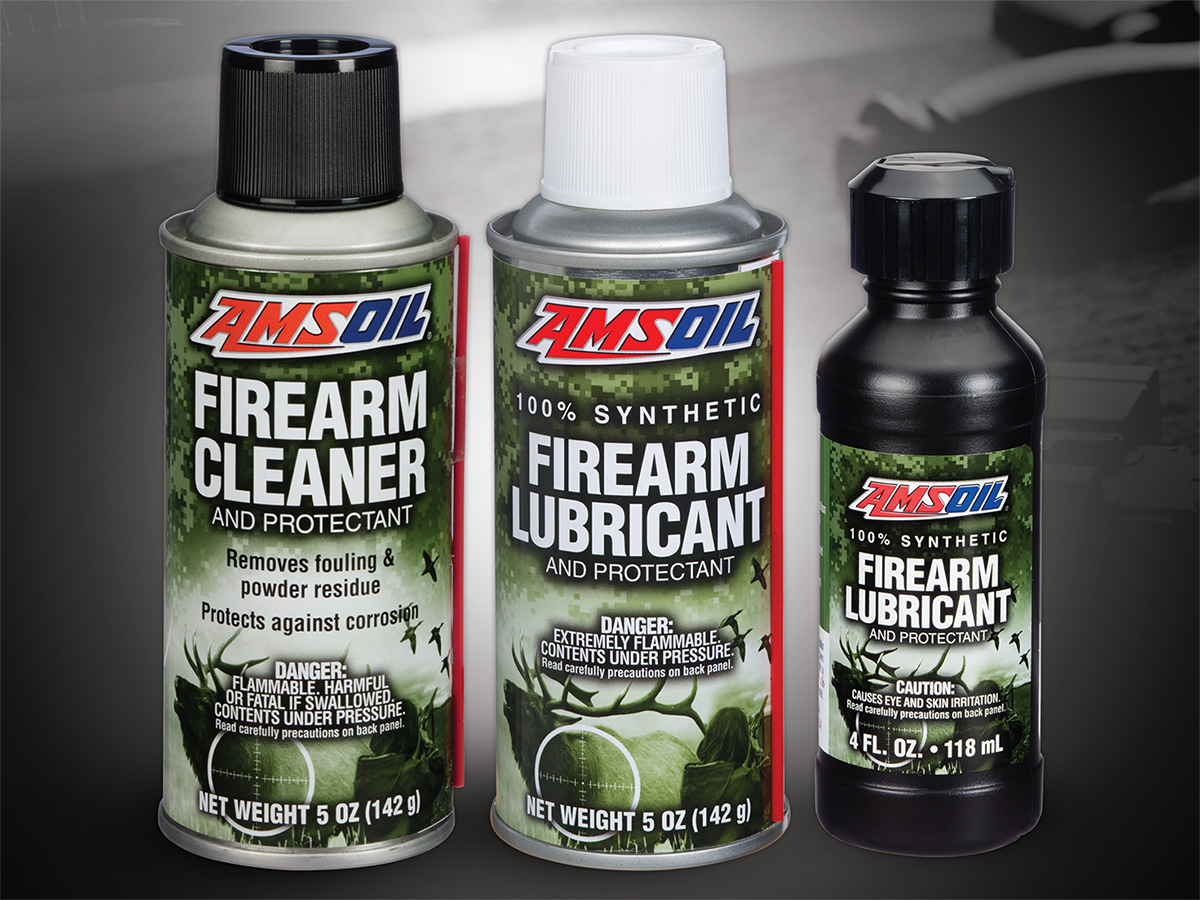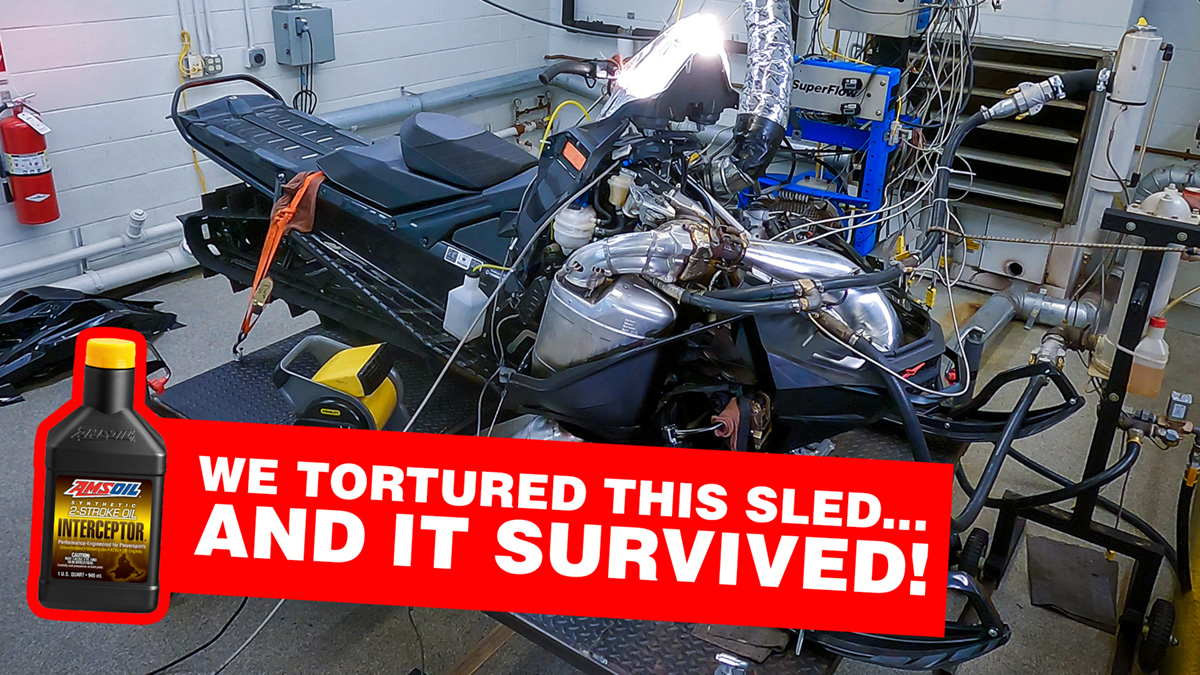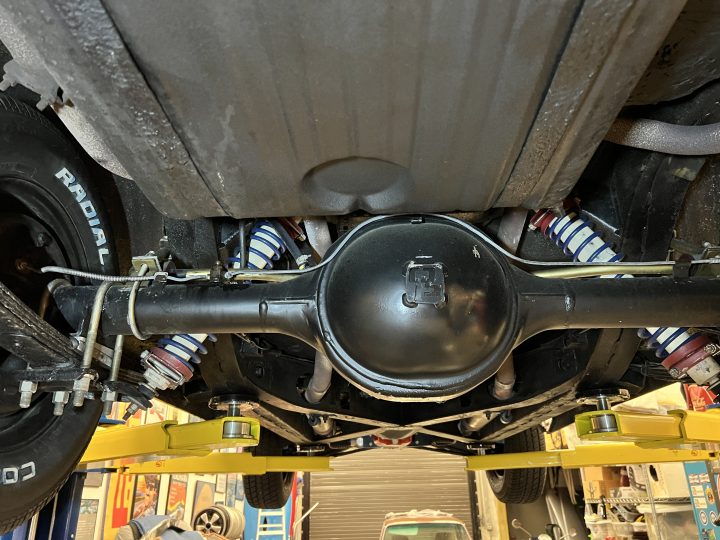What’s the Best Oil for My Snowblower? Using a high-quality, purpose-built oil can provide extra protection for your snowblower’s engine. _by Brad Nelson|November 10, 2023 When a snowstorm hits, you need your snowblower to fire up and help you get the job done. But snowblower engines face unique challenges that can reduce their dependability, horsepower […]
Fighting Engine Temperatures? AMSOIL’s C
AMSOIL Coolant Boost Drops Temperatures 9 to 24 Degrees AMSOIL Dominator® Coolant Boost is designed to reduce corrosion and significantly enhance heat transfer in cooling systems. In a vehicle’s cooling system, the ultimate goal is to quickly and effectively move heat away from engine components, permitting the engine to run at a safe, controlled temperature. An […]
Protect Your Firearms and Improve Their ...
Protect Your Firearms and Improve Their Reliability _by David Hilgendorf | September 29, 2023 One in three Americans owns a firearm, and they need their guns to perform flawlessly when called upon. The moving parts on firearms must be cleaned and lubricated to ensure top performance and long life. It’s important to perform regular maintenance […]
How To Protect Your Snowmobile Engine
How To Protect Your Snowmobile Engine _by David Hilgendorf|September 6, 2023 Manufacturers are designing today’s sleds to deliver unprecedented power and performance, so snowmobile enthusiasts can push the boundaries even further. Two-stroke snowmobiles are meant to be ridden hard, but aggressive riding and running your machine at wide-open throttle all day takes its toll on […]
